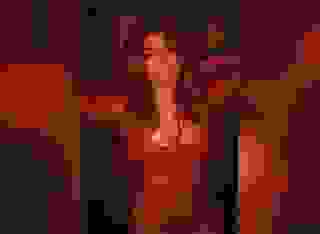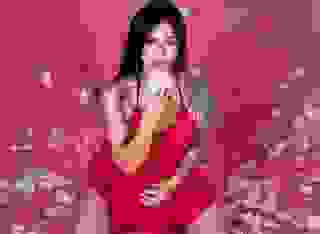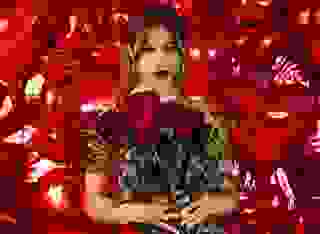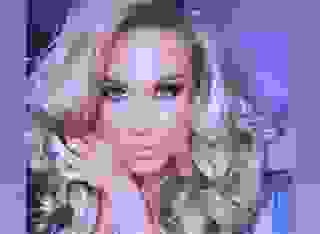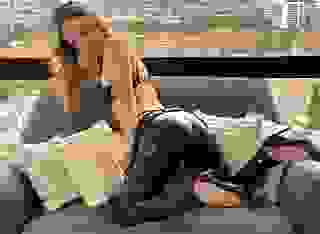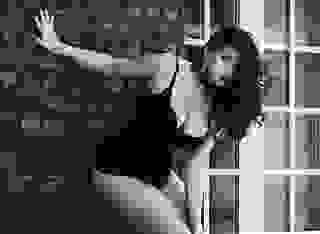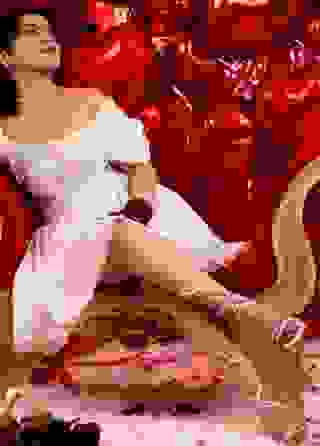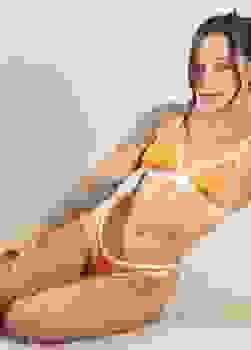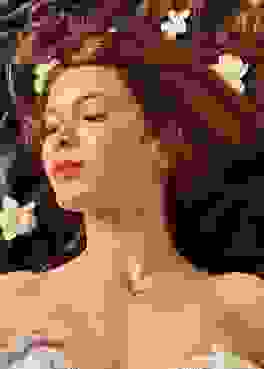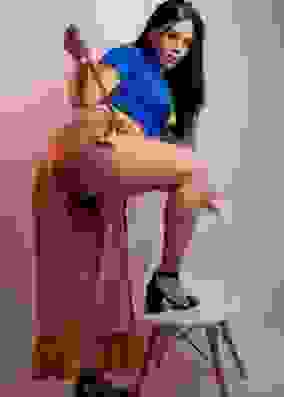- Non-Erotic Poetry
- Broken Blinds
- Comments
All Comments on 'Broken Blinds'
by Lauren Hynde
- 3 Comments
Granted, it's a bit of a challenging write
Unlike most of the fairly simple poetry writes submitted here;
Provides some interesting insights where two worlds collide, that of the blind & the sighted;
But not a single comment in nearly 4 years?
This poem was mentioned in the Archival Review thread, in a picking through Lit's archive of over 35,000 poems.
----------
In my opinion LeBroz, there is a direct connection between the very local culture (please check literary magazines for example for a contrast) or why go so far – check our own Literotica, and see the very different culture in the different story sections which encourage as a norm asking the very same question you ask now. You know. In any other section, a quality submission, which might have presented some problems to the readers would have been immediately barraged by questions, some more stylized then others, but whatever obstacle – it would have been out and in the open, no one so afraid for their image or to be seen as illiterate. <P>
Speaking of which, how about your take, my friend? <P>
In reading the poem, I could see the central image after the second read. But before getting to that I want to say that on the first read, the first image which jumped into my mind, more on the level of an association was the image of Samson the blind , the broken hero as he is bound to the temple of the Philistines. On the second read I saw the old time elevator operator as a person who masters a lot of physical strength, yet compromises on this routine job, closed in the cage of an elevator, as some old elevators still have (The echo of the chains on Samson comes to play). <P>
His work seems to represent in a more concrete visual way the alienating; the blinding; and subjugating effects of meaningless work. People are like robots, coming in and out of the elevator waiting for the clock to release them. Are they any freer than the officially caged man in the elevator? The physical strength of the caged man symbolizes both the freer past and the potential for a rebellion, and maybe a freer future. <P>
For background, I like at times to free associate. Had there been other people who were willing to ‘jump in’ and get involved in a dialog over an interpretation, there could have been an opportunity to see if different people come with similar associations (i.e. to what degree these are idiosyncratic or whether there is more of a cultural common theme). The additional association is of the images from the classic film “Metropolis” (Fritz Lang’s 1927 “futuristic” film) , where a similar muscular man moves around a set of metal arms while groups of people are marching, robot style, back and forth. Very scary.<P>
The observer offers a break of this fatalistic paradigm by suggesting (I am not sure if at the end it’s a plan which is materialized or whether it remains as a fantasy) to wake up (my language) the caged man by shaking him out of his mental paralysis . in the process the blindness (coming back to Samson) is reversed to seeing “the new sun out side”. Unlike the Archetype of supernatural strength leads to blindness then to destruction, the kind poet offers a more hopeful alternative. If we were in Europe someone would have said, how about organized labor to protect you?
